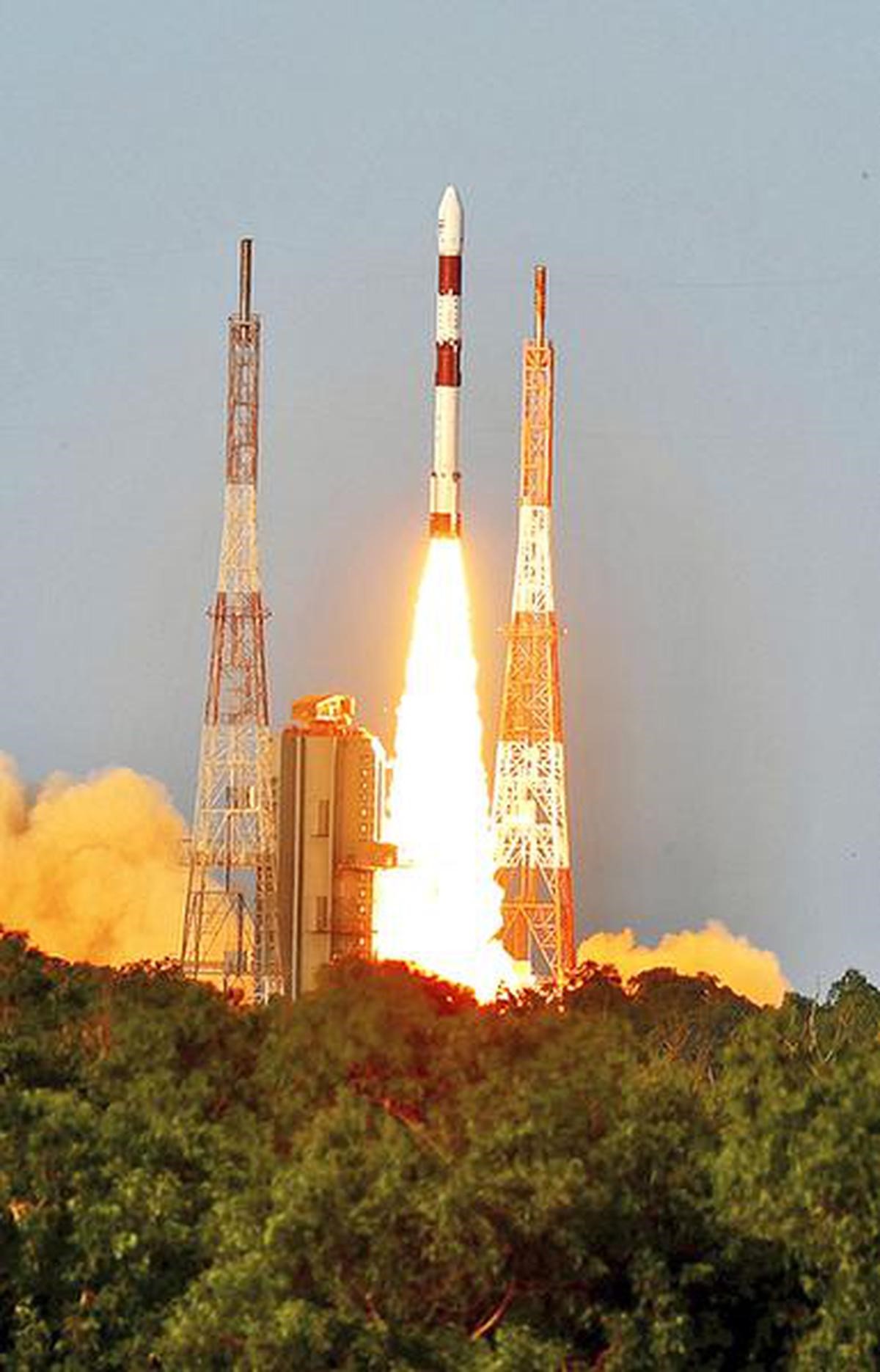Description

Disclaimer: Copyright infringement not intended.
Context
- India set to launch its first X-Ray Polarimeter Satellite: ISRO
- The launch of India's first X-Ray Polarimeter Satellite (XPoSat) by the Indian Space Research Organisation (ISRO) marks a significant milestone in the country's space exploration endeavors, particularly in the realm of X-ray astronomy.
Details
XPoSat Mission Overview
- Investigating X-Ray Polarization: XPoSat aims to explore and measure the polarization of intense X-ray sources in the energy band of 8-30 keV.
- Comprehensive Studies: It will conduct simultaneous observations of temporal, spectral, and polarization features of bright X-ray sources.
- Observation Period: The spacecraft will observe X-ray sources during its transit through the Earth's shadow (eclipse period).
Payloads
POLIX (Polarimeter Instrument in X-rays):
- Function: Measuring polarimetry parameters (degree and angle of polarization) in the medium X-ray energy range of 8-30 keV from astronomical sources.
- Development: Designed by the Raman Research Institute (RRI), Bengaluru, with support from various ISRO centers.
XSPECT (X-ray Spectroscopy and Timing):
- Function: Providing spectroscopic information within the energy range of 0.8-15 keV.
- Development: Developed by the U.R. Rao Satellite Centre (URSC), ISRO.
Orbit and Duration
- Orbit: The XPoSat spacecraft is designated to operate from a Low Earth Orbit (non-sun synchronous orbit of approximately 650 km altitude and low inclination of around six degrees).
- Mission Life: Expected to be approximately five years.

Significance of XPoSat Mission
- Advancing X-ray Astronomy: XPoSat's focus on X-ray polarization adds a novel dimension to X-ray astronomy studies in India, supplementing existing imaging, time-domain studies, and spectroscopy.
- Scientific Anticipation: The mission generates excitement within the scientific community due to its potential to provide valuable insights into the nature and behavior of cosmic X-ray sources.
About X-ray polarimetry
- It is a branch of astronomy that focuses on measuring and analyzing the polarization of X-ray photons emitted by celestial objects.
- It aims to understand the physical properties of high-energy astrophysical sources, such as black holes, neutron stars, pulsars, and active galactic nuclei (AGN), by studying the polarization characteristics of X-ray emissions.
Basics of Polarimetry:
- Polarization: Polarization refers to the orientation of oscillation of electromagnetic waves. In the context of X-rays, polarization describes the direction in which the electric field associated with the X-ray wave oscillates.
- Polarimetry Instruments: X-ray polarimeters are specialized instruments designed to detect and measure the polarization state of X-ray photons from celestial sources. They typically use devices such as gratings, analyzers, or other technologies capable of discerning the polarization of X-rays.
Significance:
- Revealing Astrophysical Phenomena: X-ray polarimetry helps unravel the mysteries of various astrophysical objects and phenomena by providing unique information not obtainable through traditional imaging or spectroscopy alone.
- Probing Magnetic Fields: Polarized X-rays carry information about the magnetic fields present in celestial objects. Studying the polarization of X-ray emissions helps in understanding the geometry and strength of these magnetic fields.
- Investigating Emission Mechanisms: Analyzing the polarization of X-rays aids in identifying the emission mechanisms at work in high-energy astrophysical sources, shedding light on the nature of particle acceleration and radiation processes.
Techniques and Challenges:
- Instrumentation Development: Creating sensitive and precise X-ray polarimeters is a significant challenge due to the faint and complex nature of X-ray signals. Advanced technological innovations are required to develop instruments capable of detecting and measuring X-ray polarization accurately.
- Data Analysis: Analyzing polarized X-ray data necessitates sophisticated algorithms and computational techniques to interpret the measurements and derive meaningful information about celestial objects.
- Observational Challenges: Obtaining high-quality polarimetric data in the space environment involves dealing with background noise, instrumental effects, and calibration issues.

Applications and Impact:
- Black Hole and Neutron Star Studies: Polarimetry aids in understanding the extreme conditions near black holes and neutron stars, providing insights into their accretion processes, magnetic fields, and relativistic effects.
- Active Galactic Nuclei (AGN): Investigating the polarization of X-ray emissions from AGN helps unravel the mechanisms behind their intense radiation and jet formations.
- Cosmological Insights: Polarimetry of cosmic X-ray background radiation can offer insights into the universe's early stages and evolution, providing valuable cosmological information.
Conclusion
The launch of XPoSat signifies India's commitment to exploring cutting-edge technologies in space science, specifically in the domain of X-ray astronomy. This mission is poised to contribute significantly to our understanding of high-energy astrophysical phenomena and marks a crucial step forward in India's space research and exploration endeavors.
|
PRACTICE QUESTION
Q. Discuss the significance of X-ray polarimetry in modern astrophysics. How does the launch of India's first X-Ray Polarimeter Satellite (XPoSat) by ISRO mark a substantial advancement in India's space exploration efforts? (250 Words)
|











